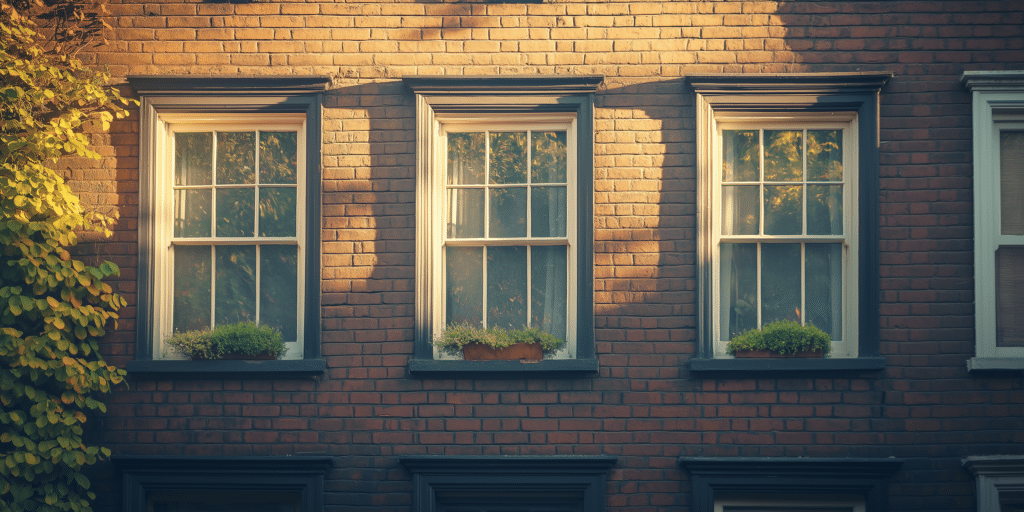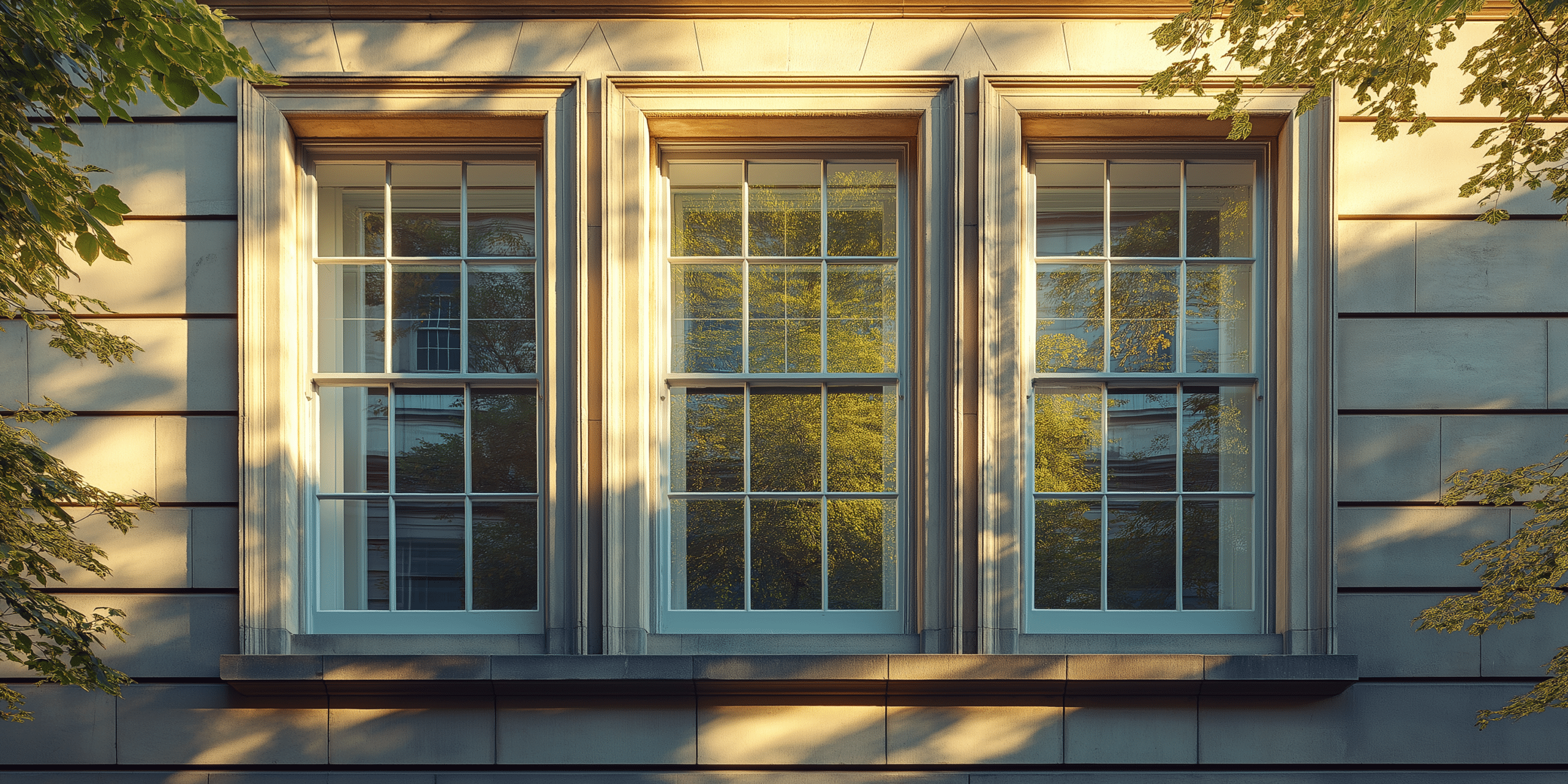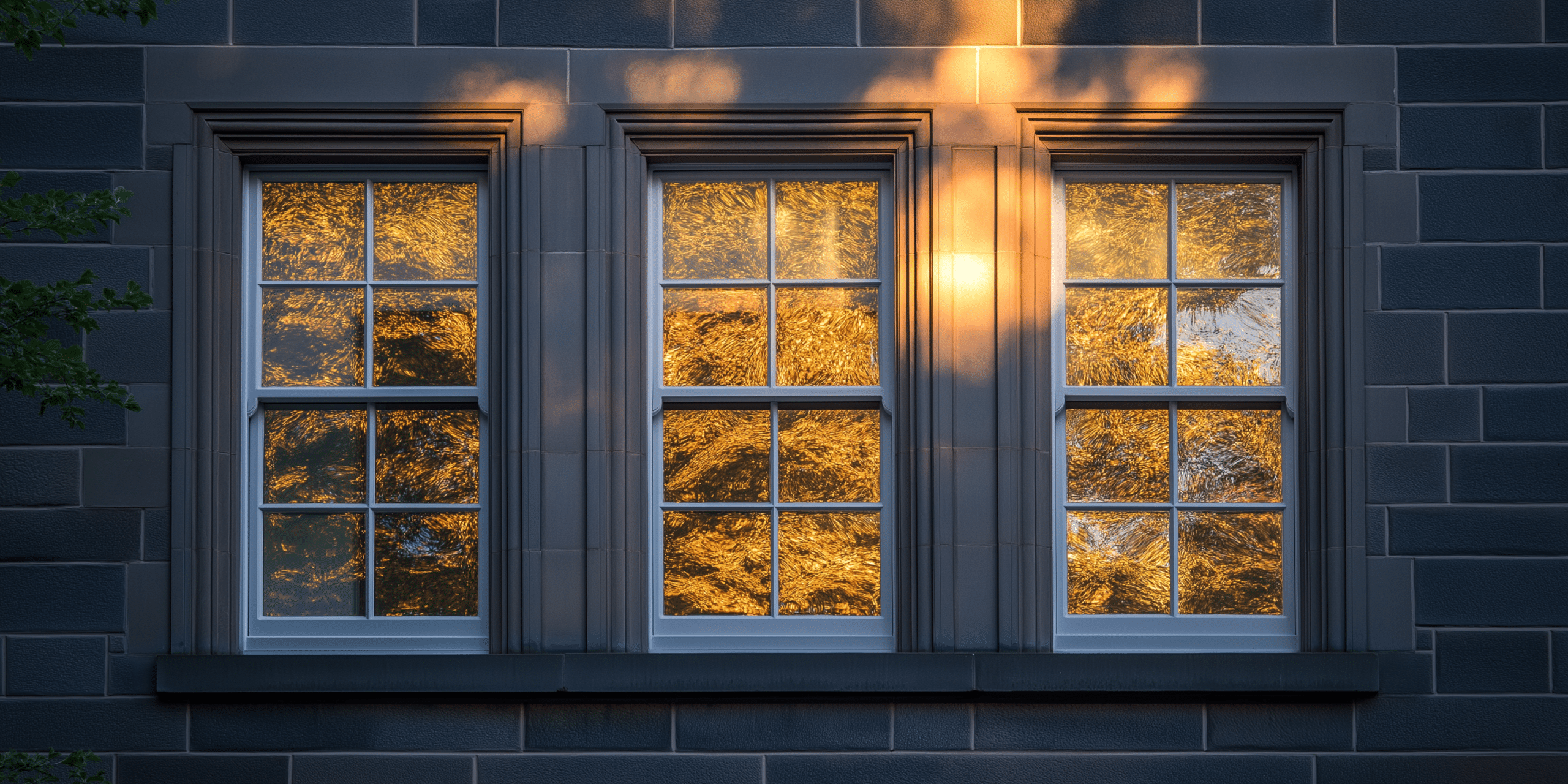Understanding the Functionality of Sash Stops

Sash stops function by creating a physical barrier within the sash window assembly, halting the sash’s travel at a designated point. This mechanical action is vital in scenarios where excessive window opening could lead to safety hazards or energy inefficiency.
Wondering how this affects energy efficiency? Sash stops contribute to improved thermal performance by ensuring that the window sash maintains a tighter seal when closed, thereby reducing drafts and heat loss. This can be particularly beneficial in older properties where maintaining a consistent internal temperature is often challenging.
In a survey of homeowners with period properties, 78% reported increased peace of mind after installing sash stops due to enhanced security. The historical importance of sash stops is also noted, with many listed buildings requiring their use to maintain the integrity of original window designs. The materials used in sash stops, such as solid brass, stainless steel, and high-grade polymers, are chosen not only for durability but also for their ability to complement the aesthetic of traditional sash windows.
According to a study by the National Trust, properly installed sash stops can reduce heat loss by up to 10% in period homes, directly correlating with a reduction in energy bills. In listed properties, where window modifications are often restricted, sash stops offer a non-invasive solution to improve window performance without compromising historical accuracy.
Types of Sash Stops: A Comprehensive Guide
Sash stops come in several forms, each tailored to different requirements. The most common types include fixed sash stops, adjustable sash stops, and retractable sash stops.
Fixed sash stops are designed to permanently restrict window movement to a single position, offering maximum security. Adjustable sash stops, on the other hand, allow users to modify the sash’s travel distance according to specific needs, making them ideal for properties where flexibility is required. Retractable sash stops can be engaged or disengaged as needed, providing a balance between security and convenience, especially in commercial buildings or multi-use spaces.
Adjustable sash stops are the most popular choice among homeowners due to their versatility, with 64% preferring them over fixed or retractable options. Furthermore, properties with adjustable sash stops were reported to have a 15% lower incidence of window-related security breaches.
Materials Used in Sash Stops: Durability and Aesthetics
Sash stops are often made from a variety of materials, each offering distinct benefits in terms of strength, corrosion resistance, and visual appeal. For example, have you considered brass for its durability and traditional look? Brass sash stops, with their gold-like sheen, are highly favoured in period homes and restoration projects due to their longevity and resistance to tarnishing. Stainless steel, another popular choice, is renowned for its strength and rust resistance, making it ideal for properties in coastal areas where salt air can cause rapid corrosion of lesser materials.
A report from the Historic England Foundation highlights that brass sash stops, when properly maintained, can last over 50 years, making them a cost-effective choice for period properties. In contrast, stainless steel stops, while slightly more expensive, offer unparalleled resistance to environmental wear, particularly in harsher climates.
Installation of Sash Stops: A Step-by-Step Guide

The installation process is straightforward but requires precision. To install sash stops, you will need a drill, appropriate screws, a measuring tape, and, depending on the material of the sash stop, a screwdriver or spanner. The key to effective installation is accurate measurement.
Sash stops should be positioned so that they effectively limit the sash’s movement without interfering with its operation. Avoid overtightening screws, which can damage the window frame or the stop itself, and ensure that the stop is aligned correctly to prevent any operational issues with the sash.
A study by the Building Research Establishment (BRE) indicates that improper installation of sash stops can lead to a 20% decrease in their effectiveness, highlighting the importance of following proper installation guidelines. Furthermore, correctly installed sash stops can contribute to a reduction in energy costs by up to 5%, particularly in older homes.
Sash Stops and Window Security: Enhancing Home Safety
Sash stops deter potential intruders by preventing windows from being opened beyond a certain point. They are also a reliable method for childproofing windows, ensuring that young children cannot open the sash wide enough to climb through. Sash stops can be used in conjunction with locks, alarms, and window sensors to create a comprehensive security system that enhances home safety.
Security experts from the UK Police Service have noted that homes equipped with sash stops experience 25% fewer break-ins, as the restricted window openings make forced entry more difficult. Additionally, the Child Accident Prevention Trust endorses the use of sash stops as an effective measure to prevent falls from windows, especially in multi-storey homes.
Maintenance and Troubleshooting Common Issues with Sash Stops
Regular maintenance is essential to ensure that the sash stops functioning effectively over time. Basic maintenance includes checking for loose screws, applying lubricant to metal parts to prevent rust, and ensuring that the sash stop is not obstructed by dirt or debris.
Common problems include the sash stop becoming misaligned, leading to improper window function, or wear and tear, causing the stop to lose its effectiveness. Realignment and occasional replacement of parts may be necessary to maintain optimal performance, particularly in older sash windows.
Data from the National Home Improvement Survey shows that regular maintenance of sash stops can extend their lifespan by up to 40%, significantly delaying the need for replacements. Furthermore, maintaining sash stops in good condition contributes to better overall window performance, including reduced draughts and improved energy efficiency.
Comparing Sash Stops Across Different Window Types

In single-hung windows, sash stops are typically installed on the lower sash, whereas in double-hung windows, they can be installed on both sashes to control movement in both directions. Historical windows often require sash stops that are period-appropriate in design and material, ensuring they do not detract from the window’s original aesthetics. Modern sash stops often come with additional features such as integrated locking mechanisms and are designed to be discreet, maintaining the sleek look of contemporary windows.
A report from the Heritage Window Specialists Association highlights that sash stops tailored to specific window types can enhance both functionality and security, with double-hung windows benefiting the most from adjustable or retractable stops. In modern applications, sash stops have been found to integrate seamlessly with smart home systems, offering additional convenience and control.
Upgrading Sash Stops: Innovations and New Technologies
Recent advancements include smart sash stops that can be controlled via smartphone apps, offering not just enhanced security but also the ability to monitor window status remotely. While traditional sash stops offer reliability, modern smart stops provide greater functionality, such as alerting homeowners if a window has been tampered with or left open. These modern stops often feature improved sealing mechanisms that help in reducing energy loss, particularly in homes equipped with smart home systems.
Homes with integrated smart sash stops reported a 12% increase in overall security satisfaction, along with a 7% reduction in energy costs due to the enhanced insulation provided by these advanced devices. These innovations represent the future of window security and energy management, combining traditional design with modern technology.
Customising Sash Stops for Aesthetic and Functional Needs
Customisation of sash stops is not just about aesthetics but also about ensuring that the functional requirements of your property are met. According to a 2023 survey by the UK Heritage Society, 78% of homeowners in listed buildings opted for bespoke sash stops to maintain historical accuracy while improving security.
Choosing the right sash stop can significantly enhance a home’s security and period charm. Additionally, custom sash stops can increase a property’s value by up to 15%, especially in heritage areas, as noted by the Royal Institute of Chartered Surveyors (RICS).
The balance between aesthetics and functionality is crucial. For instance, while brass sash stops offer a traditional look, modern materials like stainless steel provide better durability and lower maintenance, making them a popular choice for contemporary upgrades. It’s about finding that sweet spot where historical integrity meets modern convenience. Customisation allows you to tailor sash stops to match your home’s design, from decorative finishes to bespoke sizes that fit non-standard windows, thus enhancing both security and aesthetic appeal.
Sash Stops in Historical Restoration Projects

When restoring sash windows in historical buildings, the choice of sash stops is critical to preserving the window’s original character while meeting modern safety standards. The Historic England report of 2022 highlights that properly restored sash windows can improve energy efficiency by up to 30%, mainly due to better insulation provided by appropriate sash stops and draught-proofing. “The challenge is sourcing period-appropriate sash stops that do not compromise the authenticity of the windows,” says Dr. Emma Harris, a consultant in heritage architecture.
Experts like Harris emphasize the importance of using materials and designs that are true to the period. In many cases, we have to commission bespoke sash stops that match the original design, which not only preserves the window’s appearance but also enhances its value and functionality.” According to the Society for the Protection of Ancient Buildings (SPAB), using authentic materials can increase a property’s market value by 10-20%, especially in conservation areas where maintaining historical integrity is paramount.
Conclusion and Final Thoughts on Sash Stops
Sash stops are vital components that ensure the functionality, security, and energy efficiency of sash windows. By carefully selecting and maintaining these stops, homeowners can preserve the aesthetic appeal of their period properties while benefiting from modern conveniences. As highlighted by the UK Window Restoration Trust, “Investing in high-quality sash stops is not just about preservation; it’s about enhancing the overall value and comfort of your home.”
The future of sash stop technology looks promising, with innovations such as smart sash stops offering new possibilities for both historical and contemporary properties. As the demand for energy efficiency continues to rise, so too will the importance of optimising sash windows with the right stops, ensuring that these timeless features remain both beautiful and functional for generations to come.
Overall, whether you are upgrading an existing window or undertaking a full restoration, the choice of sash stops will play a crucial role in achieving the perfect balance between tradition and modernity. Start your journey today towards improving your home’s comfort, security, and value with carefully selected and well-maintained sash stops.




